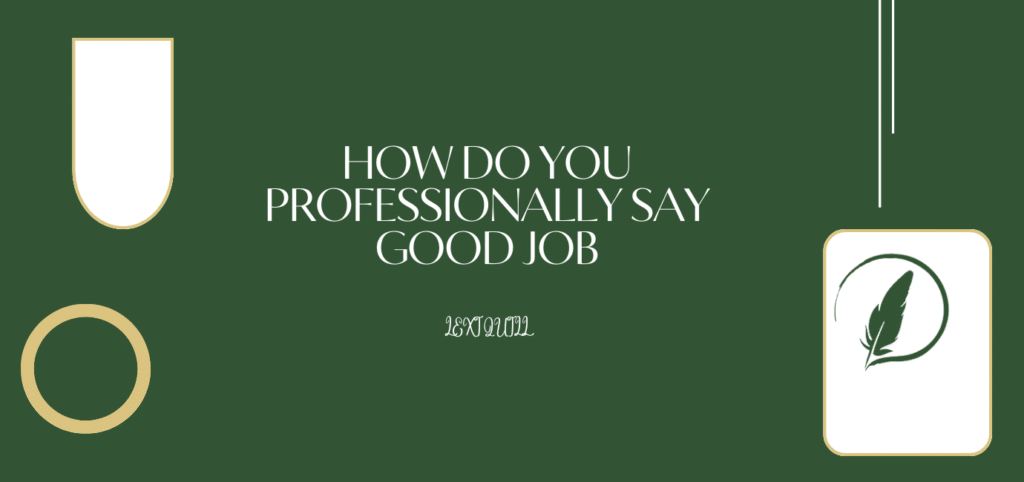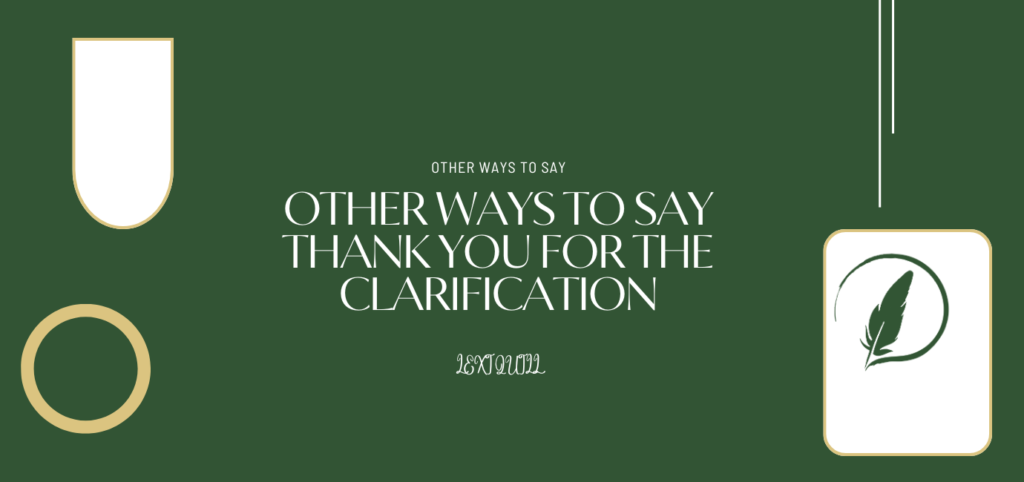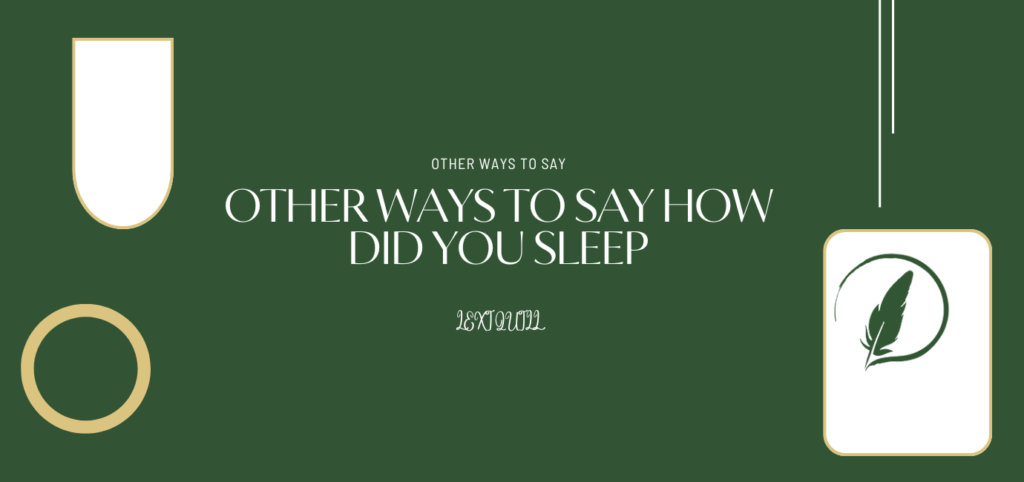In professional environments, the way we express approval or positive feedback can significantly impact how we’re perceived. While saying “that’s good” is perfectly acceptable in casual conversations, it may come across as vague or unpolished in business contexts. Whether you’re in a job interview, leading a meeting, or writing an email, your choice of words matters.
So, how do you professionally say “that’s good”? This article explores refined, context-aware alternatives that can enhance your credibility and communication skills at work.
Why Replace “That’s Good” in Professional Settings?
“That’s good” is an everyday phrase that lacks specificity and depth. In business communications, it’s important to provide clear, thoughtful feedback that reflects professionalism, encourages collaboration, and builds trust.
By choosing more professional or nuanced alternatives, you show attention to detail, emotional intelligence, and a command of language that’s highly valued in the workplace. Let’s explore the best ways to express positivity without sounding generic.
Option 1: “That’s Excellent” – A Polished Upgrade
Nuance:
“Excellent” conveys a higher degree of quality than “good” and feels more polished. It shows that you’re genuinely impressed without being overly casual.
Contextual Usage:
- Formal presentations
- Client meetings
- Employee recognition
Example Sentence:
“That’s excellent work on the proposal. Your attention to detail really stands out.”
Related Business Synonyms:
Outstanding, superb, exceptional
Option 2: “Well Done” – Clear and Motivational
Nuance:
This phrase is direct and motivating. It’s more personal and affirming than “that’s good,” making it ideal for team environments.
Contextual Usage:
- One-on-one performance reviews
- Team emails
- Training or mentorship settings
Example Sentence:
“Well done on resolving that client issue so efficiently. Your quick thinking made a big difference.”
Professional Synonyms:
Nicely executed, great job, commendable effort
Option 3: “This Is Impressive” – Expresses Genuine Admiration
Nuance:
“Impressive” communicates sincere admiration and acknowledges someone’s capabilities. It’s a great choice when you want to highlight the impact or effort behind the result.
Contextual Usage:
- Executive meetings
- Client feedback
- Peer reviews
Example Sentence:
“This is impressive work—especially given the tight deadline.”
Related Terms:
Noteworthy, remarkable, commendable
Option 4: “This Meets Our Standards” – Objective and Measurable
Nuance:
This phrase is more neutral and professional, showing that something aligns with expected quality levels without sounding overly emotional.
Contextual Usage:
- Quality assurance reviews
- Compliance evaluations
- Formal project assessments
Example Sentence:
“This meets our standards and is ready for the next phase of development.”
Business Synonyms:
Acceptable, satisfactory, on point
Option 5: “That’s a Solid Approach” – Analytical and Respectful
Nuance:
When you’re evaluating someone’s strategy or suggestion, this phrase acknowledges its validity while keeping the tone collaborative and open-ended.
Contextual Usage:
- Strategy sessions
- Cross-functional discussions
- Brainstorming meetings
Example Sentence:
“That’s a solid approach to improving client retention—let’s explore it further.”
Related Professional Phrases:
That’s a smart solution, a sound idea, thoughtful execution
Option 6: “I Appreciate the Quality Here” – Personal and Constructive
Nuance:
This version emphasizes both personal appreciation and a focus on quality, making it more meaningful and professional.
Contextual Usage:
- Client appreciation
- Peer reviews
- Feedback in written communications
Example Sentence:
“I appreciate the quality here—it reflects your deep understanding of the project’s goals.”
Synonyms and Variations:
I value this contribution, great attention to detail
Option 7: “This Is a Positive Development” – Formal and Strategic
Nuance:
This is an ideal phrase for progress updates or performance reviews. It feels analytical, balanced, and forward-looking.
Contextual Usage:
- Quarterly reports
- Business emails
- Performance meetings
Example Sentence:
“This is a positive development in our ongoing efforts to streamline operations.”
Related Terms:
Encouraging sign, beneficial outcome, constructive move
The Power of Professional Language
Using polished language does more than just impress—it improves clarity, fosters mutual respect, and ensures that your intent is understood. Whether you’re giving feedback, praising a colleague, or reporting progress, using professional synonyms for “that’s good” elevates your communication and sets a higher standard for engagement.
When feedback is specific, thoughtful, and well-articulated, it encourages continued excellence and helps build stronger workplace relationships.
Conclusion:
In summary, upgrading how you express approval can significantly boost your professional presence. Rather than defaulting to “that’s good,” consider more specific and refined phrases like “that’s excellent,” “well done,” or “this meets our standards.” These alternatives not only sound more professional but also add depth and clarity to your message.
By learning how to professionally say “that’s good,” you’re taking a meaningful step toward becoming a more effective and respected communicator in any business environment.
Start incorporating these expressions into your everyday communication to build credibility, inspire others, and stand out professionally.








